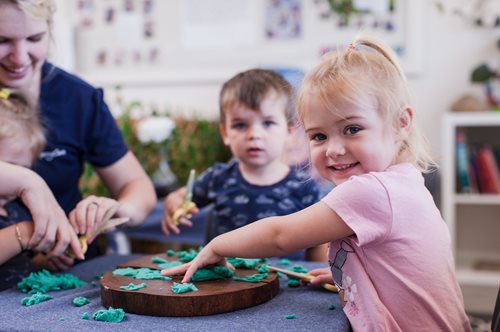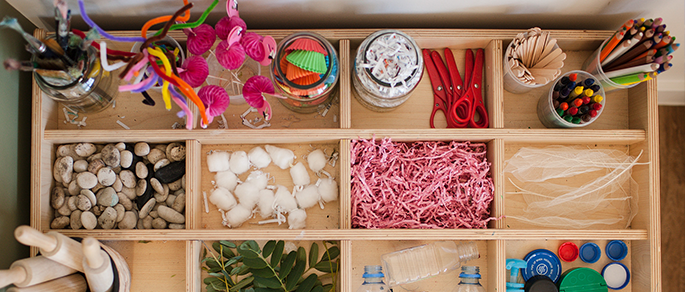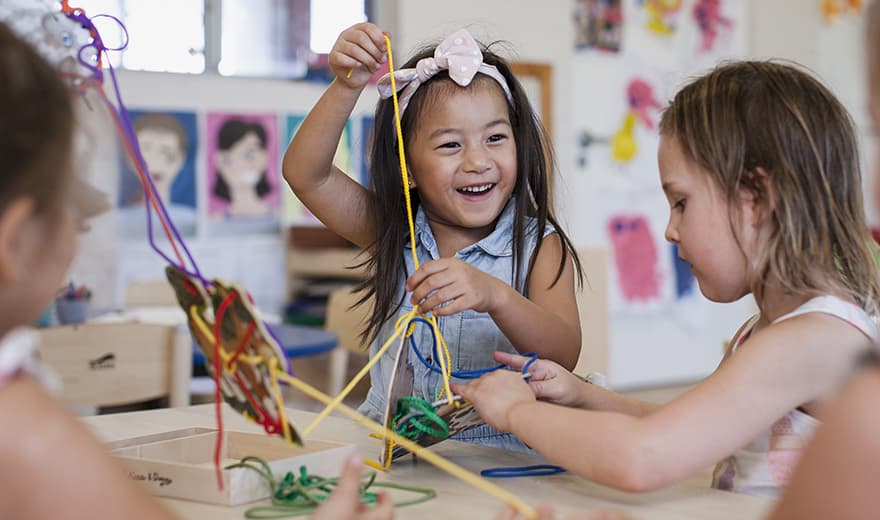Activities such as doing up buttons and cutting with scissors all require fine motor skills. Developing these skills doesn’t have to be frustrating for little ones, it can actually be a lot of fun, according to MercyCare Banksia Grove Early Learning Centre Manager Kelly Meyn.
Fine motor skills are those that require the small muscles within the hands and fingers.
They are used when playing, carrying out self-care tasks and completing academic activities.
And it’s not just about the physical movements, Kelly said fine motor skills are also linked to cognition, problem solving and even language development.
She describes fine motor skills as “fundamental skills that make bigger skills easier.”
There are lots of ways to help children develop their fine motor skills.
“Every child responds differently to different activities, which is why in our Early Learning Centres we provide lots of different options for young children,” Kelly said.
Playing with play dough
The actions of kneading, pushing, stretching, pulling, rolling, squishing, squeezing, chopping, cutting and tearing play dough all held to strengthen the muscles in the fingers and hands. Try our play-dough recipe.

Water play
Pouring, swishing, squirting, scrubbing, stirring and squeezing are just some of the ways children can enjoy water play. Whether it is playing in the bath or playing with items in a tray of water outside, exploring the world through water is not only fun but encourages tactile play.
Sand pit fun
Making mud pies in the sand pit and building a sand castle at the beach require plenty of hand and finger movement, making it a great activity to not only keep little ones occupied but develop their fine motor skills.
Threading
While reaching, grabbing, rotating and directing beads, pasta or other items onto a string, or pipe cleaner, children are using an action that will prepare their little hands for holding a pencil to write. Threading can be done with all different sized objects and can encourage clenching of the hand around items or the use of the pincer grip (thumb and finger) to pick up small items.

Everyday household items
There are a number of simple activities that can be done using items in your kitchen or spare drawer. A popular activity with toddlers is giving them pipe cleaners to poke through a colander, this encourages them to practice precise hand movements. Stacking cups or any other light weight item can encourage children to manoeuvre items in certain ways to fit together and a home-made post boxes can be made from almost any box or container, to encourage children to use their hands and fingers to direct items.




